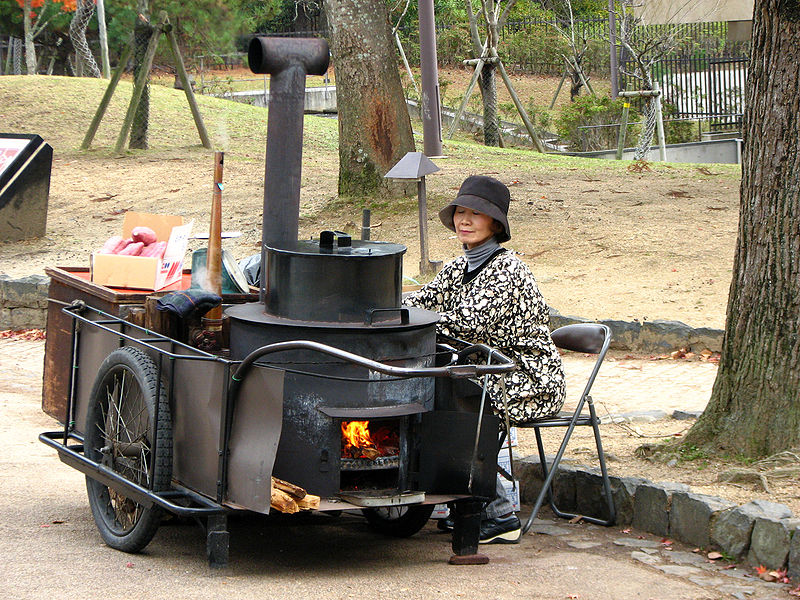When you live in a place as different from the U.S. or Europe as Japan is, you have to get used to some changes, and something that I kept noticing back when I first arrived here was the great “duality” the country kept presenting me with. This tendency for things to divide into two contradicting halves goes beyond the obvious mix of old-and-new, of highly advanced electronics co-existing beside an old guy who drives around in a truck selling stone-baked sweet potatoes on the road, or drinking water from a centuries-old Shinto shrine to wash down the KFC you just had for lunch. One source of this perceived duality is the kanji writing system used by the Japanese, which usually has two readings or each character, the original Chinese one (the on reading) and the Japanese one (the kun reading). As a general rule, characters appearing by themselves will use the Japanese reading, for example words like ki (tree) or mizu (water), but compound words will use the more complex Chinese one, e.g. mokusei (wood + produce = made of wood) or suido (water + road = water pipe). This neat little system goes out the window when it comes to writing names for places or people, though, making it nearly impossible to accurately pin down the correct way to pronounce a kanji name without getting it wrong at least once. Since there are two answers to “how do I read this kanji?” and neither one is entirely wrong, it can all make your brain feel like it’s being pulled in two different directions.
















